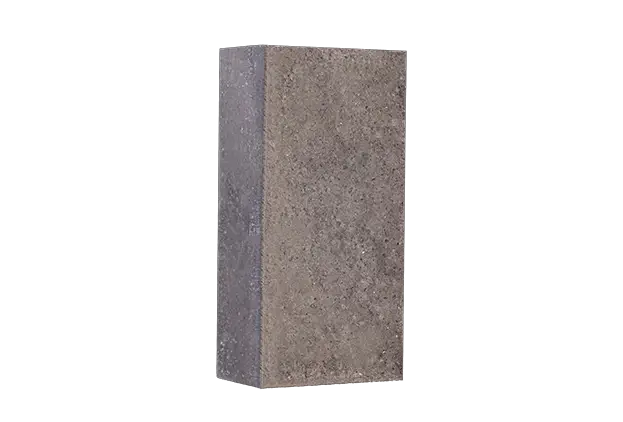The cement industry operates under harsh environments, where high temperatures and aggressive materials can challenge the durability of conventional materials. High-alumina bricks have emerged as a crucial solution, providing enhanced performance in cement kilns. This article delves into the unique properties of high-alumina bricks and their applications in cement kilns, along with strategies to maximize their benefits.
High-alumina bricks are characterized by their high alumina content, typically exceeding 50%. This composition results in several advantageous properties, including high thermal stability, excellent resistance to thermal shock, and superior mechanical strength. The ability to withstand extreme temperatures, which can exceed 1500°C in cement kilns, makes them ideal for various applications where traditional materials may fail.
Another notable property of high-alumina bricks is their resistance to corrosive materials. In the cement production process, the presence of acidic and alkaline substances can degrade conventional refractory materials. High-alumina bricks, however, show remarkable resilience against these aggressors, extending the lifespan of kiln linings and reducing maintenance costs.
In cement kilns, high-alumina bricks are predominantly employed in areas subjected to the most extreme conditions. These include the kiln body, transition zones, and burner walls. Their robustness allows for efficient operation under high temperatures, ensuring that the chemical reactions necessary for clinker production proceed smoothly.
Incorporating high-alumina bricks in kiln construction can lead to significant improvements in operational efficiency. Their high thermal conductivity enables better heat retention and distribution within the kiln, ultimately leading to reduced energy consumption. This efficiency not only translates to cost savings but also enhances the overall output of the cement production process.
The longevity of materials used in cement kilns directly impacts the maintenance schedules and operational downtime. High-alumina bricks exhibit a decreased rate of wear and tear under extreme operational conditions. This characteristic significantly reduces the need for frequent replacements, allowing for continuous production and lowering maintenance-related costs.
As the cement industry continues to evolve, the demand for materials that can withstand challenging operational environments will only increase. High-alumina bricks stand at the forefront of this evolution, providing a solution that balances performance, cost-efficiency, and longevity. The ongoing research and advancements in refractory materials will likely lead to even more sophisticated applications in various high-temperature industries.

In conclusion, high-alumina bricks offer significant advantages for use in cement kilns, including high-temperature resilience, chemical resistance, and enhanced durability. These properties enable cement manufacturers to optimize their production processes, reduce costs, and extend the lifespan of kilns. As the industry challenges continue, the demand for such advanced materials will remain a key aspect of success in cement production.
